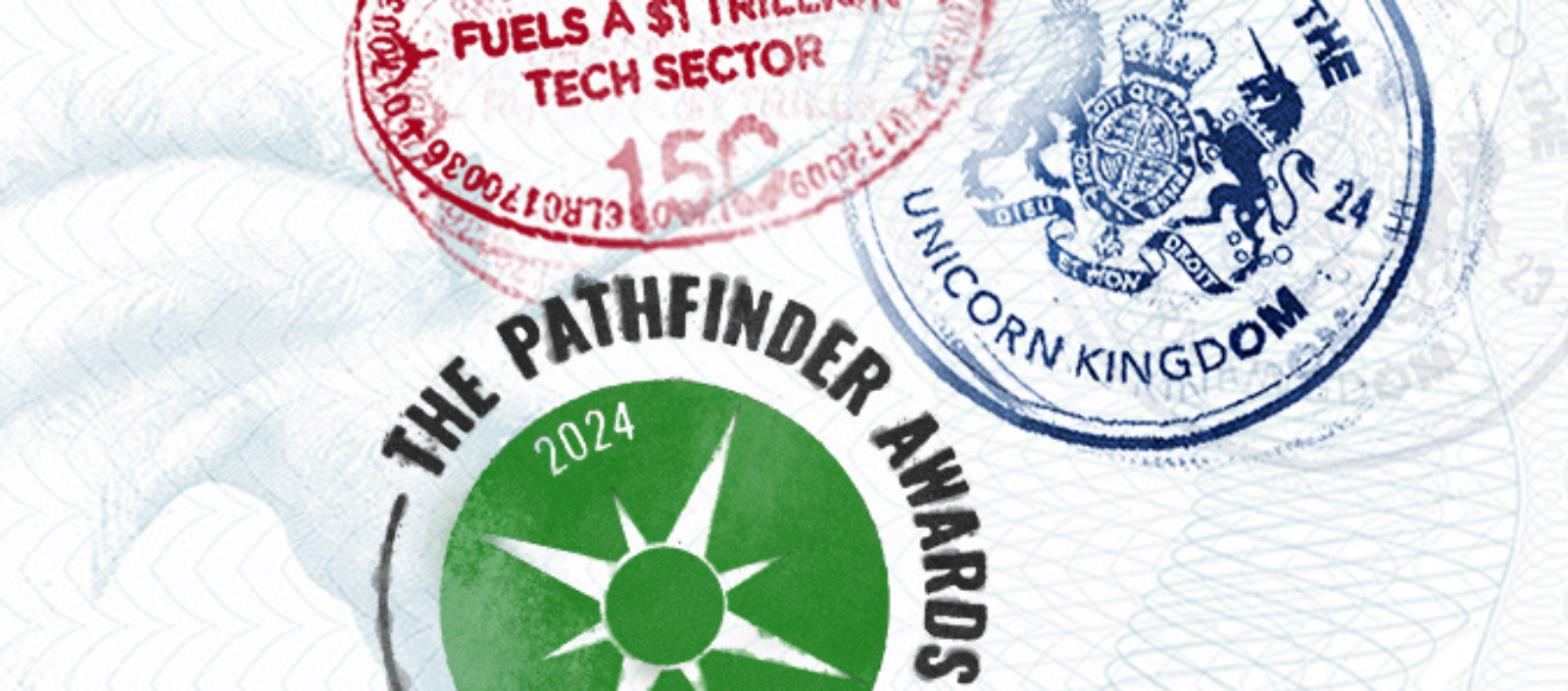The opposing reactions from the United States and Europe are due to important technical details, such as the spectrum of radio waves and the tilt of 5G antennas installed near airports.
In recent days, major US airlines have warned aviation regulators of the catastrophic effects that the 5G network installed near airports could have. In fact, the technology could cause interference with certain aircraft instruments, such as radio altimeters, and make low-visibility landings dangerous. However, these alarmist tones are not present in Europe, where the 5G network has a soft launch. “Technical data received from EU manufacturers does not offer conclusive evidence on immediate safety concerns at this time,” the European Aviation Safety Agency (EASA) told CNN Business. EASA also reports that it is not aware of any incidents caused by 5G. Similar situation in the UK too: Earlier this week, the Civil Aviation Authority issued a safety advisory saying: “There have been no confirmed cases where 5G interference has caused aviation system failures or unexpected behaviour. “.
The opposing reactions from the United States and Europe are due to important technical details. US mobile phone companies are rolling out 5G service over a spectrum of radio waves with frequencies between 3.7 and 3.98 GHz. These frequencies are close to those used by radio altimeters mentioned above (4.2 and 4.4 GHz), tools that calculate the distance between aircraft. and the ground. In Europe, this risk does not exist, since the reference 5G services use the slowest spectrum range, with frequencies ranging from 3.4 to 3.8 GHz. The International Air Transport Association (IATA) and The International Federation of Air Line Pilots Associations (IFALPA) note: “Without adequate mitigation, there is a risk of significant impact to flight operations in the United States and other regions where the 5G network is deployed alongside the band frequency from 4.2 to 4.4 GHz”.
Added to this important detail is the inclination of the antennas for the 5G network. France is cited as a model by major US phone companies such as AT&T and Verizon because the antennas installed at France’s 17 airports are tilted downward, away from flight paths to limit potential interference with aircraft.
Does Microsoft’s Acquisition of Activision Blizzard Concrete Monopoly Risk?
Therefore, EASA takes note of the concerns of the US Federal Aviation Administration (FAA): already in December it had reported the risk of interference during air operations in US airspace. This explains why airlines such as British Airways, Lufthansa and Emirates have canceled flights to the United States, citing the problem. “We did not know that the power of the antennas in the United States [è] doubled compared to what happens in other places. We were unaware that the antenna itself had been placed in a vertical position rather than a slightly tilted position,” Emirates President Tim Clark told CNN Business. “So based on that we made the decision last night to suspend all our services until we have clarity,” he added.
“We are frustrated that the FAA has not done what nearly 40 countries have done, which is to safely implement 5G technology without disrupting aviation services, and we urge it to do so in a timely manner,” he said. Megan Ketterer, spokeswoman for AT&T.

“Total social media fan. Travel maven. Evil coffee nerd. Extreme zombie specialist. Wannabe baconaholic. Organizer.”







